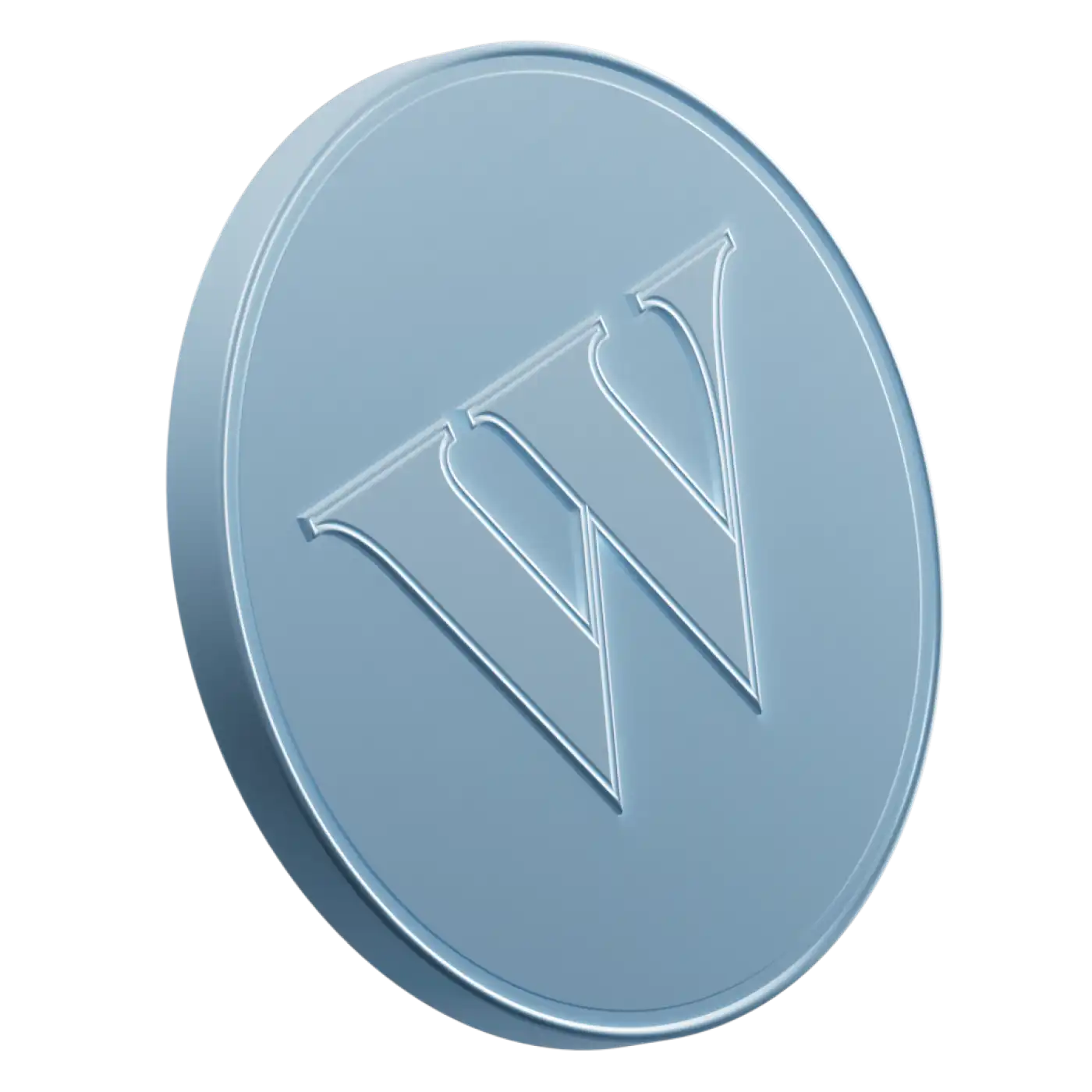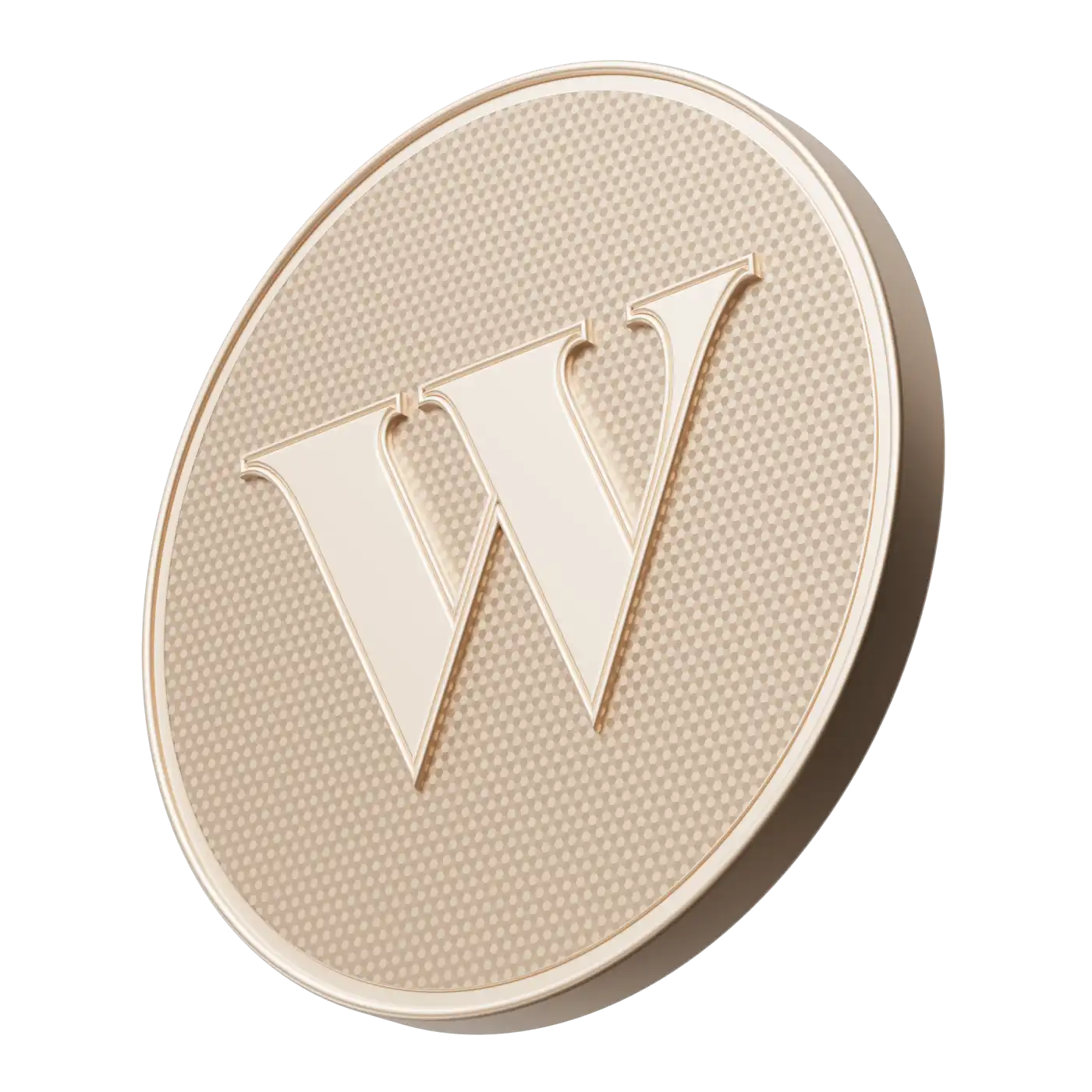Choosing a bank is no small matter. After all, it’s where you’ll be keeping your hard-earned money. But not all banks are created equal, and factors like fees, accessibility, and security are things to think about. Plus, looking at perks like competitive interest rates for savings accounts, new member benefits, overdraft protection, and other features can help you save time and money. In some cases, maintaining a minimum balance means the bank will waive your monthly fees. And as if that wasn’t enough to think about, you don’t just need to find these things at traditional brick-and-mortar banks, either.
To help you save time toggling between tabs, we’ve put together a comprehensive overview of Canada’s most popular banks based on customer base - the big ones, the online ones, and the non-bank ones — with the information available to us as of November 2025, so you can decide the best fit for you and your money.
Big banks in Canada
Let’s start with the classics. These are brick-and-mortar banks that have various branches in various cities, ATMs, and a long history of customer service. There are many reasons why people would still seek out a “classic” bank, even as online banks have become more common and convenient. Having a real-life relationship with your local bank can still be a valuable asset, and even just sitting down with another person can often help you secure better deals, negotiate fees, or find solutions to special cases.
In Canada, we tend to speak of the “Big 5” banks that are nationally known and have the biggest presence across the country. Here’s a breakdown of who they are:
Royal Bank of Canada (RBC)
RBC is Canada’s largest bank by assets and was founded in 1864. They have over 19 million customers worldwide, and offer chequing accounts, savings accounts, student accounts, and even U.S. dollar accounts. For its chequing accounts, fees range from $4 a month to $30 a month, although you can lower or even waive them on some accounts if you meet certain conditions.
Its history of stability and its size make it a popular bank in Canada, and RBC claims to have the largest branch and ATM network in the country, with nearly 5,000 ATMs in Canada available to customers for no-fee withdrawal. In addition to its chequing and savings accounts, RBC also offers insurance products, an investment platform, and wealth management services.
Toronto-Dominion Bank (TD)
TD is the second-largest bank in Canada, and has over 28 million customers worldwide. In addition to being well-represented internationally, TD has over 1,000 branches in Canada and an ATM network of 2,500 machines across the country. TD Bank was established in Toronto in 1955.
TD has a wide variety of accounts, including chequing accounts with fees ranging from $0 a month to $30.95 a month, as well as savings accounts, free student accounts, U.S. dollar accounts, and a ‘banking package’ for newcomers to Canada. While TD does waive chequing account fees for anyone maintaining a monthly minimum balance, this isn’t the case for its low-cost chequing account. TD also offers credit cards, mortgages, loans, insurance, retirement products like Registered Retirement Savings Plans (RRSPs) and Tax-Free Savings Accounts (TFSAs), as well as investing opportunities.
Bank of Montreal (BMO)
Canada’s third-largest and also oldest bank is BMO, which was founded in Montreal in 1817. The bank has 13 million customers worldwide, and almost a thousand branches, as well as a network of over 3,200 ATMs.
They offer a variety of chequing and savings accounts, including student accounts, accounts for newcomers to Canada, and personalized banking offers for members of Indigenous communities. The bank’s chequing account fees range from $4 a month to $30.95 a month for chequing accounts with more tricked-out features. Some accounts are free if you maintain a minimum balance, except for the low-cost account intended for low-income customers. Other financial products include mortgages, credit cards, loans, insurance, financial planning services, and investment options through accounts such as RRSPs and TFSAs.
Canadian Imperial Bank of Commerce (CIBC)
CIBC is the fourth-largest bank in Canada and has been around since 1961. It serves more than 14 million clients worldwide, and around 1,000 branches, as well as a network of just under 3,000 ATMs.
They offer several chequing and savings accounts, including student and senior accounts, as well as U.S. dollar accounts and accounts for foreign workers. Chequing account fees start from $4 a month to $29.95 a month, with the option to waive monthly fees if you maintain a minimum balance (although, as with the other big banks, the low-cost account doesn’t qualify for the fee waiver). In addition to banking accounts, CIBC also offers traditional financial products like mortgages, loans, and insurance, as well as investment products like TFSAs and RRSPs.
Scotiabank
Canada’s fifth-largest bank, Scotiabank, has been around since 1832 and serves around 25 million customers around the world. It has a broad range of financial products, a history of stability, just under 1,000 branches across Canada, and more than 3,700 domestic ATMs.
Scotiabank offers six different types of chequing accounts, which include youth and a low-cost ‘Basic Bank Account’ Monthly fees range from $3.95 a month to $30.95 per month, but can be waived in most cases through holding a minimum account balance. Scotiabank also offers 16 types of credit cards, including no-fee cards, cash-back cards, and travel rewards cards. In addition to everyday banking accounts and credit cards, Scotiabank provides mortgages, loans, and lines of credit. It has its own investing platform and offers investment accounts, including RRSPs and TFSAs.
While the Big 5 tend to have pretty similar features and accounts, it’s well worth checking their websites for any seasonal promotions or deals for new customers if you’re looking to open an account at one of them.
Popular online banks in Canada
While many users value the history and human service of brick-and-mortar banks, more and more people are choosing to bank the way they watch TV, order a takeaway curry, and buy concert tickets. Online-only banks have become increasingly popular because of the convenience they offer — all your banking can be done from your laptop or even from an app on your smartphone, without having to get off the couch or organize your schedule around banking hours.
While most chequing accounts at brick-and-mortar banks will charge you a so-called account maintenance fee, online banks usually don’t charge anything for their accounts, tend to have lower or even no minimum account balances, and offer higher interest rates on savings accounts. That’s because they have way less overhead costs: They don’t have to rent space for physical branches, and they don’t have to pay for employees like tellers or security guards. Those savings are passed along to the consumer.
Here are the most popular online banks currently operating in Canada:
Tangerine
Owned by Scotiabank, Tangerine is a fully functional bank in its own right with its own credit cards, mortgage and investment options, and five different savings account options. Users also have access to RRSPs, RRIFs, and TFSAs. It boasts over 2 million users and around $50 billion in total assets. Tangerine’s chequing account has no monthly fees, unlimited free daily transactions, free cheques (first book), and free access to 3,500 ATMs in Canada and 44,000 worldwide.
Simplii
This online bank is also owned by a big fish in the Canadian banking world, CIBC. Simplii, as the name suggests, keeps things simple with no-fee chequing accounts, high-interest savings accounts, and all the usual financial products you know from traditional banks. That means credit cards, mortgages, loans, and investment options. Around 2 million customers bank with Simplii. Its no-fee chequing account offers unlimited debit purchases, bill payments and withdrawals, free access to over 3,400 CIBC ATMs across Canada, and free Interac e-Transfers®.
EQ Bank
EQ Bank is Equitable Bank’s online arm with a combined savings-chequing account, no monthly fees, no minimum balance, and unlimited free transactions. EQ Bank also offers high-interest guaranteed investment certificates (GICs) with three-month to 10-year terms.
Manulife Bank
Manulife Bank is a wholly-owned subsidiary of The Manufacturers Life Insurance Company. Just don’t be confused by its origins — it is a bank, and offers chequing, savings, mortgages, loans, and investment accounts. You won’t need to pay any monthly fees, but keep at least $1,000 in your account to avoid paying for deposits and transfers. Account holders have access to over 3,500 surcharge-free ATMs across Canada through The Exchange Network.
Alternative financial institutions
As online banks have proliferated, so have alternative financial institutions that offer a variety of savings and investment accounts without actually being a bank. One of the reasons why people might choose alternative financial institutions is because they are able to focus their efforts on a very specific financial field, such as investing, and offer more bespoke service at significantly lower fees. Another reason is that alternative financial institutions often are able to offer more innovative products like hybrid chequing/savings accounts that give you all the convenience of a chequing account with the high growth potential of a high-interest savings account.
Alternative financial institutions often also offer lower barriers of entry for those looking to try out new financial products, and can help folks with less experience get better acquainted. With that in mind, here are some of Canada’s top alternative financial institutions:
Wealthsimple
While Wealthsimple isn’t a bank, we still offer a host of no-to-low-fee financial products, including Wealthsimple Chequing, as well as business accounts, joint and individual personal investing accounts, and investment products like RRSPs, TFSAs, Registered Education Savings Plans (RESPs), and Registered Retirement Income Funds (RRIFs). We also have a platform for self-directed trading, as well as the option to trade in cryptocurrencies.
With no account minimums, no stock trading commissions, human support, and low management fees on investment accounts, Wealthsimple provides a wide variety of smart and savvy financial products. To sweeten the deal, we offer competitive interest rates for everyone, as well as automating investing options.
Koho
Koho is a Canadian financial institution boasting roughly 1 million clients that provides fee-free chequing accounts with the perks of a credit card and a savings account. They offer anywhere from 2.5% to 4% interest on your entire balance, depending on your membership tier. Plus, they’ve got a “round up” feature, which rounds up your purchases to the nearest buck or two (or five or 10) and then stashes that amount away as savings. You can set saving goals that are linked to your Koho card (which is a reloadable prepaid Visa). While Koho doesn’t replace all banking necessities, its account works as a convenient chequing account with added perks and greater spending/saving oversight thanks to their app.
Neo Financial
Neo Financial is a Canadian financial services company that provides credit cards, high-interest savings accounts, and managed investments. Its Money Card, a rethink of the traditional debit card, promises up to 2% cash back with thousands of Neo Financial partners (like restaurants, rideshare, and streaming services). Through its Neo Invest service, Neo combines the expertise of flesh-and-blood portfolio managers and the ease of digital investing for 1.3 million clients.
While Neo Financial isn’t a bank, it works closely with lenders like People’s Bank and ATB Financial, and which are licensed in Canada) to support its financial products. Neo says deposits for its Neo Money account are also under CDIC protection, which is nice if anything bad should happen to it.
Moka (formerly Mylo)
Moka (which used to be called Mylo) is a savings app with around 1 million users worldwide. It allows Canadians to round up purchases from a linked debit or credit card and then puts the spare change into an investment account. In addition to the round-up feature, users can set automatic recurring investments so that their savings can grow even further. Moka’s portfolio manager invests your money using a diversified portfolio of low-cost exchange-traded funds (ETFs).
Moka charges a flat fee of $20 a month to use its services, but any passive ETFs held in your account charge a management expense ratio too.
Nest Wealth
Nest Wealth is a wealth management company owned by Objectway Group that provides investors with a variety of simple-to-use investment accounts and portfolio options. It makes investing easy for clients by using smarter technology and proven investment principles. It was founded in 2014.
Nest Wealth requires no account minimum and offers TFSAs, RRSPs, and RRIFs, as well as customer support and access to financial advisors. However, it does charge fees: Nest Wealth charges anywhere from $10 to $150 per month. On top of that, passive ETFs held in your account charge a management expense ratio of 0.06% to 0.37% of your investment.
CI Direct Investing
CI Direct Investing (formerly Wealthbar) is a registered portfolio manager and full Life Insurance Agent in British Columbia and Ontario. They describe themselves as offering premium online investing without the premium price. They have over $5 billion Canadian in assets under management.
CI offers investment products like personal investment accounts, RRSPs, TFSAs, RESPs, Locked-In Retirement Accounts, and even margin accounts. You can open a savings account with $0, and they don’t charge monthly fees. However, CI Direct Investing does have an account minimum of $100 before they start investing your money, and it charges management fees ranging from 0.60% on accounts with $150,000 or less to 0.35% for anyone holding over $500,000.
Online banks and financial institutions in Canada: Comparison
Want a quick overlook of how each online bank stacks up to each other? We got you:
How to find the best bank for your needs
At the end of the day, it all comes down to what you need from your banking experience. Are you looking for a one-stop shop where you can take care of all of your financial business, even if the fees are a bit higher? Or are you looking for financial products to enhance your savings or streamline your investments with lower fees? Are you someone who’s constantly withdrawing cash, or do you prefer to pay with cards and want to take advantage of cash-back perks and collect points? Whatever your individual needs and preferences are, here are some factors you should watch out for when choosing a bank:
Identify your needs. Are you looking for a no-frills chequing account for everyday spending? Then a simple online-only bank may be the solution for you. Perhaps you want to maximize your savings? Then a high-interest savings account is a good bet. Do you want to start investing or transfer your RRSP to a low-fee provider? Perhaps you want a one-stop shop with plenty of access to financial planners and advisors, a wide network of ATMs, and cash-back credit cards? Then a Big 5 bank might be for you. Whatever you choose, make sure it fits your banking habits and needs.
Pay attention to account minimums. Choose a provider that makes sense for what you can contribute now — and in the future. Some financial institutions require you to deposit as much as $1,000 to get started, while other banks have no account minimums at all. In some cases you could face nasty penalties for dropping below the account minimum - or be forced to close your account.
Watch out for fees. Nothing eats away at long-term gains quite like fees. And we’re talking about more than just account maintenance fees (though they’re important, too). Account transfers and withdrawal fees can also add up. A good financial institution is upfront with what it costs to bank with them.
Think about accessibility. Accessibility can mean different things for different people. But in general, think about how difficult it is to find no-fee ATMs, how quickly you can talk to someone if there’s ever a problem, and whether you can carry out everyday banking activities on your laptop, in person, or on your phone via an app.
Understand the terms of the account. Relationships end — even when you’re investing for the long term. Before you commit, find out what happens if you need to withdraw your funds, close an account, or want to move on to a new financial institution and whether there are any penalties involved.


